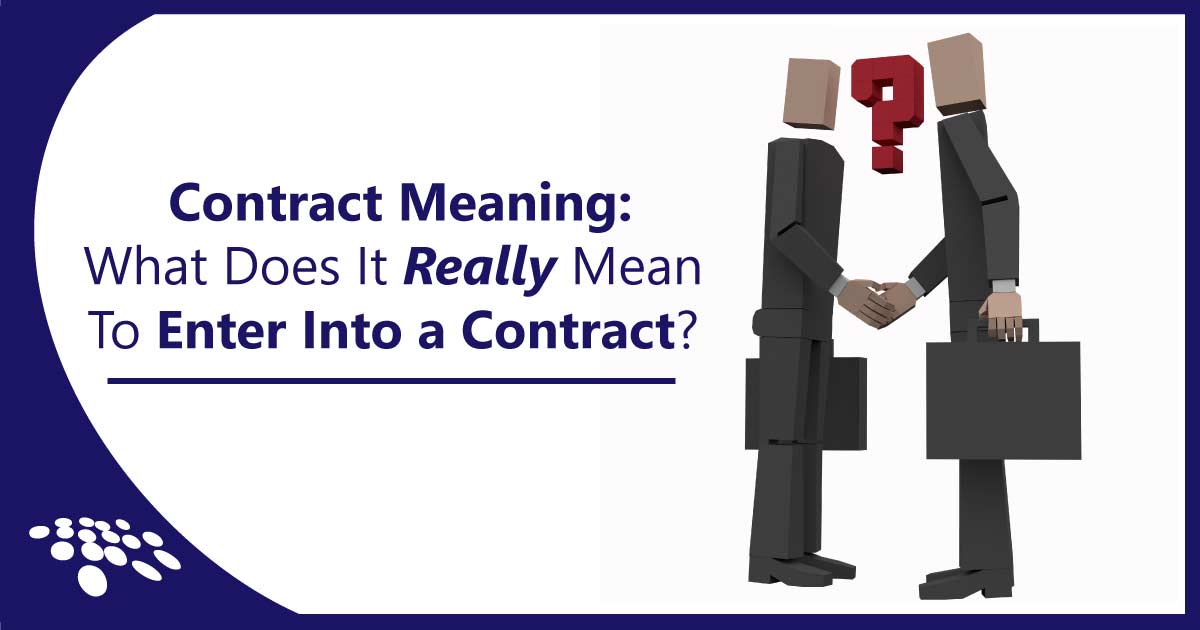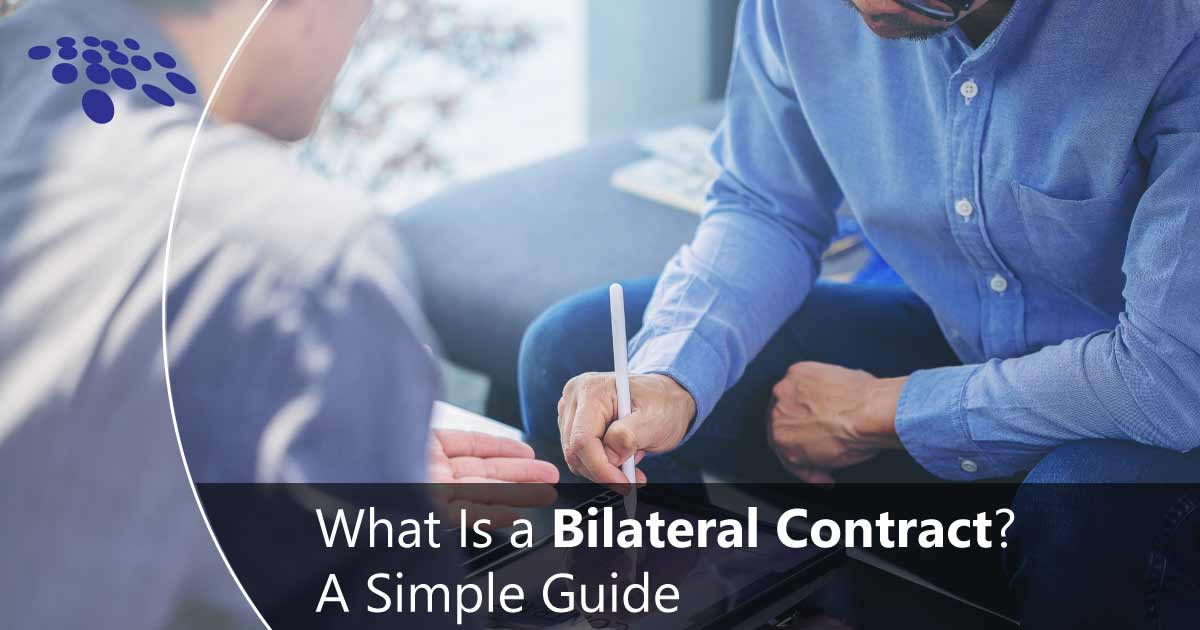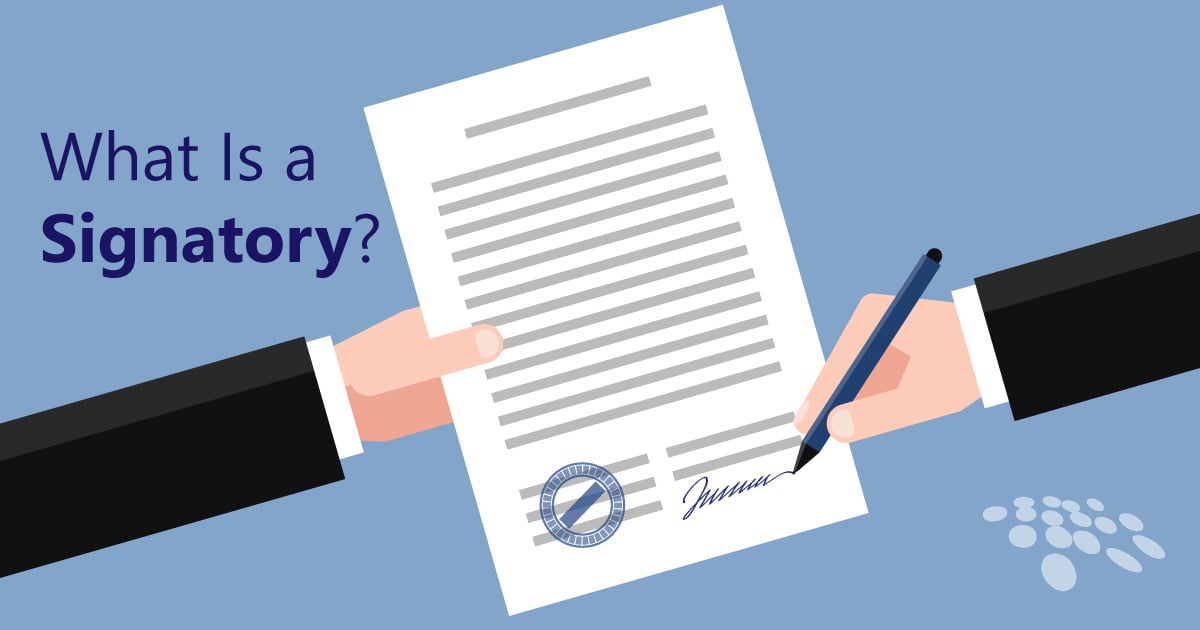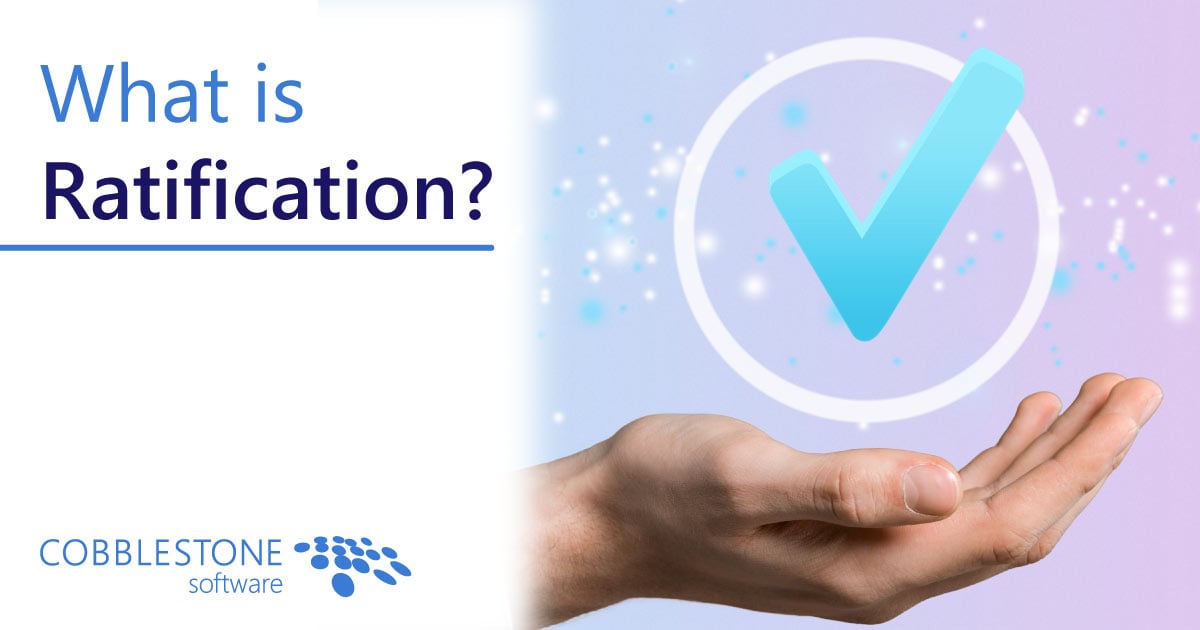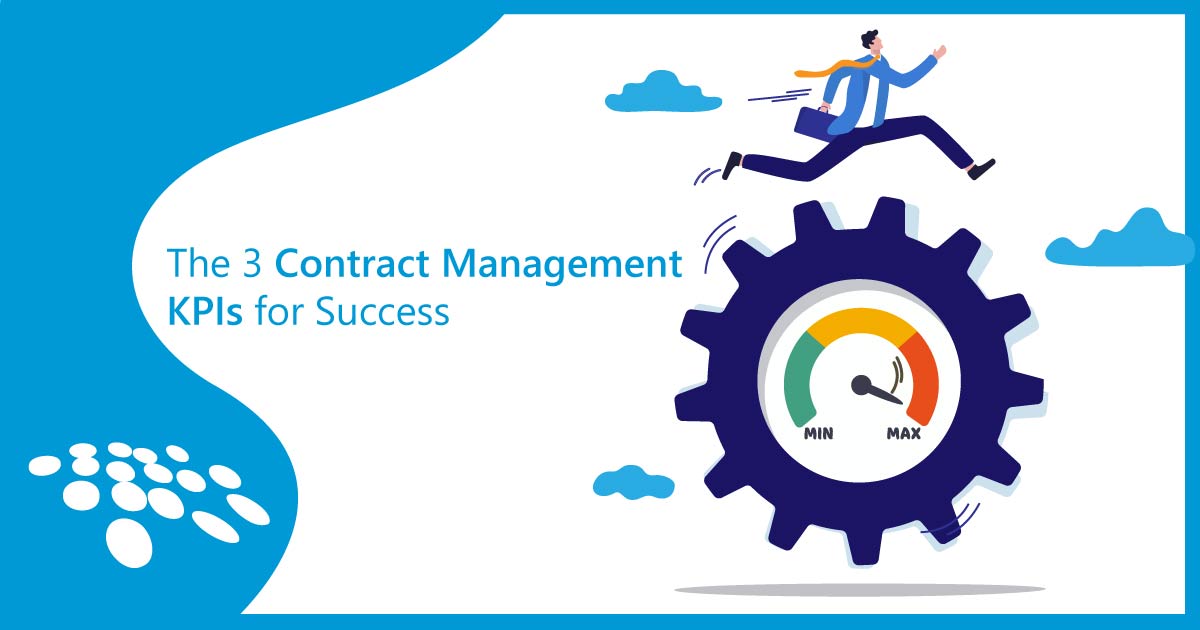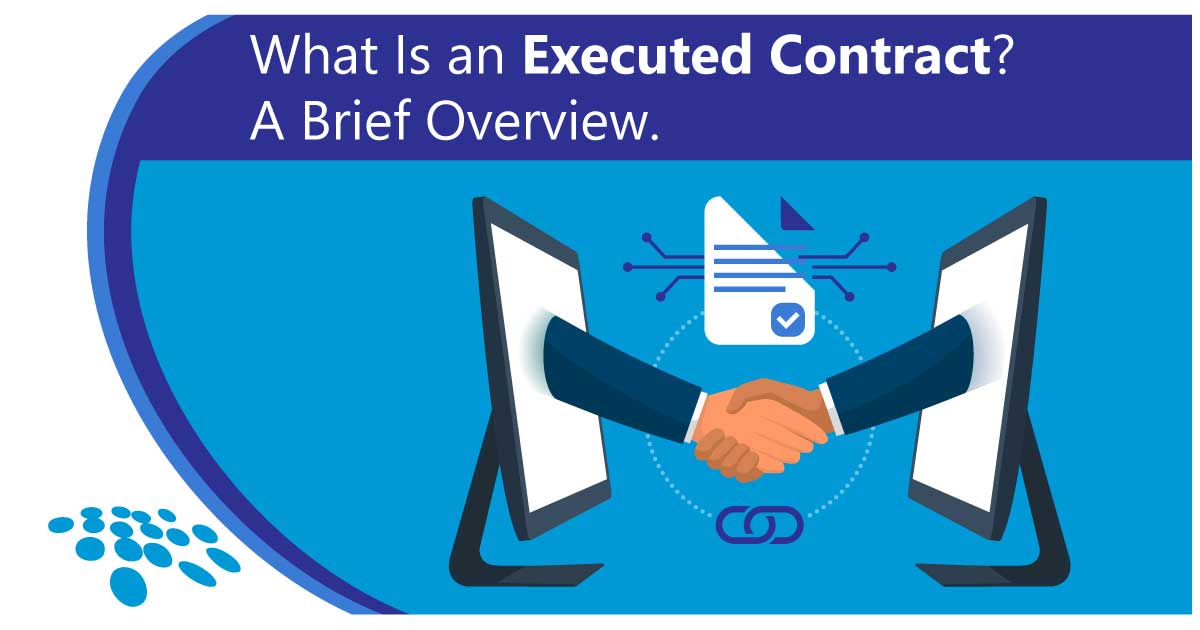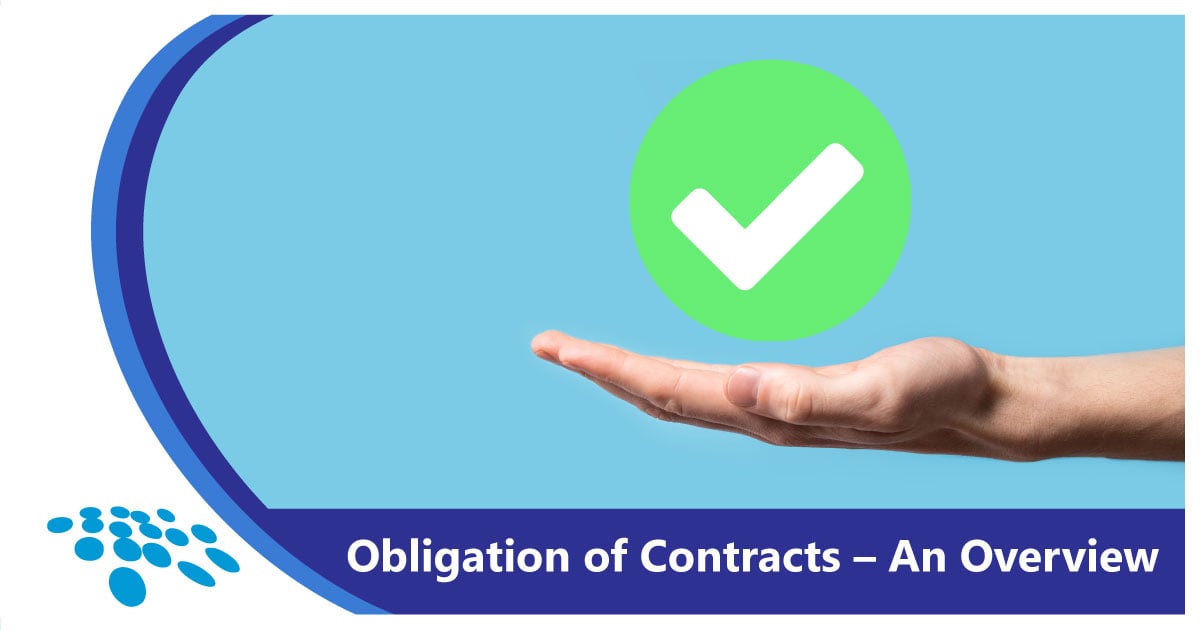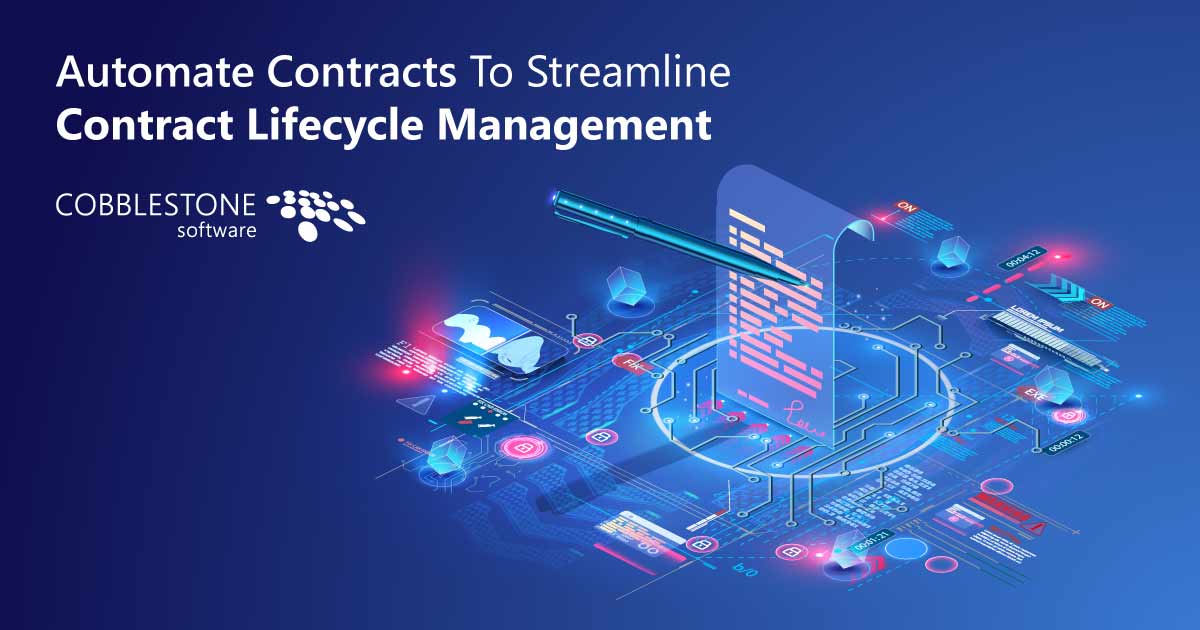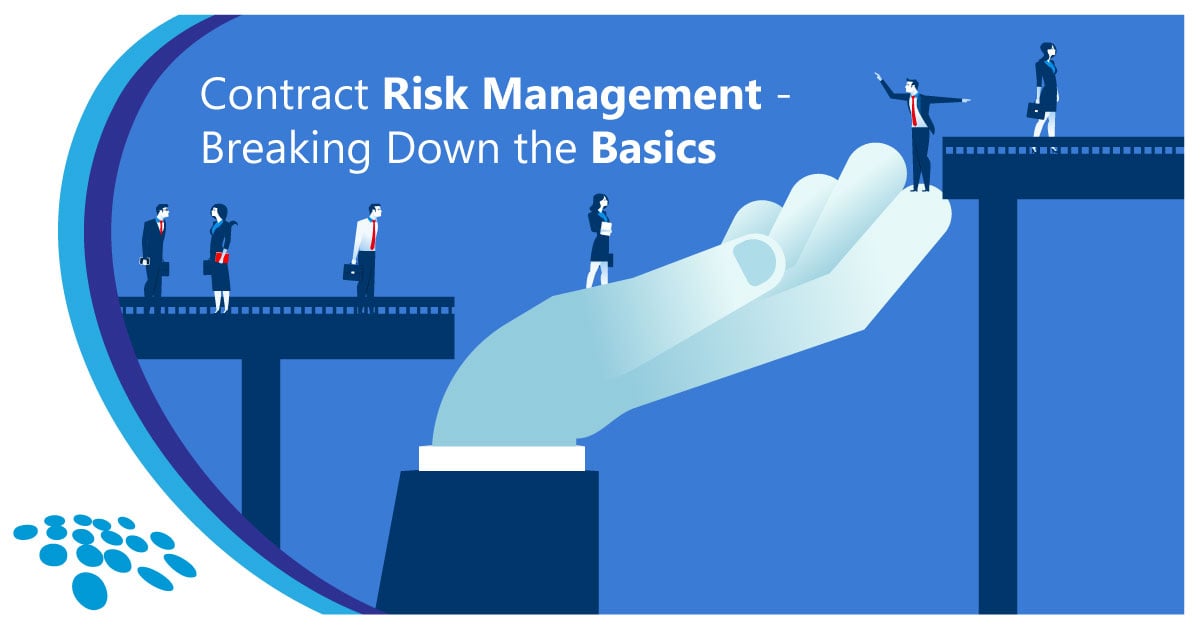
A vendor agreement - an indispensable business contract - outlines the terms of the exchange of goods or services between a business and third-party vendors. This written agreement not only provides clarity of terms and conditions, but also protects both parties' interests. Here are the five essential elements every comprehensive vendor agreement should include for healthy vendor contract management, successful operations, streamlined contract lifecycle management, and increased ROI.
#1: Detailed Description of Goods or Services
The vendor agreement should define the products or services the vendor agrees to deliver – along with (to start) payment schedules/types, project timelines, necessary materials, and distribution specifics. This part of the agreement must be detailed down to the timelines, dates, numbers, and figures to minimize ambiguity and ensure both parties have the same understanding.
An easy method for back-and-forth collaboration – such as a contract negotiation portal – can simplify this process and make it less tedious. Additionally, contract auto-redline can make it so newly introduced clauses and sections are automatedly replaced with organizations’ preferred clauses and language – virtually guaranteeing consistency and accuracy.
#2: Defined Time Period for Delivery or Service
It's vital to clearly outline the time period for the delivery of the goods or services in the vendor agreement. This timeline may be specific dates or recurring timeframes, depending on the nature of the vendor relationship.
Automated workflows for vendor contract management can allow teams to manage timeframes and delivery periods with key date and task alerts both in-system and via email. Additionally, reports can be run to provide vendor management professionals with the right information where they need it – including calendars, dashboards, in-system alerts, emailed reports, and more.
#3: Clarity on Type of Vendor Contract
Different scenarios call for different types of vendor contracts. Knowing which type of contract to use is critical to ensure that it meets the needs of your specific vendor relationship. Some key contracts include:
- Fixed Price Contract: A fixed price contract can be beneficial when the scope and deliverables of a project are well-defined. It offers financial certainty for both parties and can help in maintaining budget control.
- Time & Materials Contract: When the project's scope is uncertain or likely to evolve, a time and materials contract is often the better choice. It allows for billing based on the actual time and materials used by the vendor. However, it may entail a higher financial risk due to potential cost overruns. As such, proper vendor and contract risk management are key.
- Distribution Agreement Contract: A distribution agreement contract is often used when a vendor is tasked with distributing a company's products in a specific market or geographical region. The contract terms define the rights of both parties, payment terms, delivery specifics, and marketing of goods or services.
Templates for specific vendor agreement types can positively transform vendor contract management. One can merge metadata fields and relevant clauses/sections with a template for a specific type, so organizations are good to go.
#4: Clear Payment Terms
Payment terms, including the hourly rate, lump sum payments, or other payment arrangements, must be clear in the vendor agreement. Details like payment methods, schedules, and due dates should also be explicitly outlined.
The aforementioned vendor contract management workflows can remind teams of payment timelines and amounts due. Additionally, the ability to track financials against an organization’s budget(s) is a huge plus – especially as vendor contract complexity and volume grow.
#5: Enforceability of Agreement
For the vendor agreement to be legally binding, it needs to adhere to the elements of a contract:
- Something of value that is clearly understood is being exchanged for something of value. Parties can accept, decline, or make a counteroffer.
- The terms and conditions of the offer are cemented through acceptance, negotiation, and signatures.
- The parties acknowledge their mutuality of a binding agreement and that they must fulfil their obligations to avoid breach of contract.
- The parties acknowledge that the contract is a lawful “quid pro quo,” whether the exchange involves money, action, or inaction.
- The parties are of legal age, sound mind, and qualified.
- There is nothing illegal going on with the agreement.
Click here to learn more about the elements of a contract so you can apply them to vendor contract management.
The Takeaway
Managing vendor agreements effectively is a significant aspect of business operations. In addition to ensuring the elements above, It's crucial to keep track of these agreements and ensure they're fulfilling their purpose. That's where vendor contract management software comes into play.
CobbleStone Contract Insight® vendor contract management and contract lifecycle software offers the features mentioned throughout this article and almost countless others to streamline vendor agreement drafting, negotiation, execution, and post-execution vendor and contract analytics.
Book a free demo to learn more about how CobbleStone® vendor and contract management software can transform your vendor contract processes and is trusted by legal teams and other relevant professionals across the globe!
This blog was originally published on July 23, 2023, and was updated on August 1, 2024.
*Legal Disclaimer: This article is not legal advice. The content of this article is for general informational and educational purposes only. The information on this website may not present the most up-to-date legal information. Readers should contact their attorney for legal advice regarding any particular legal matter.








